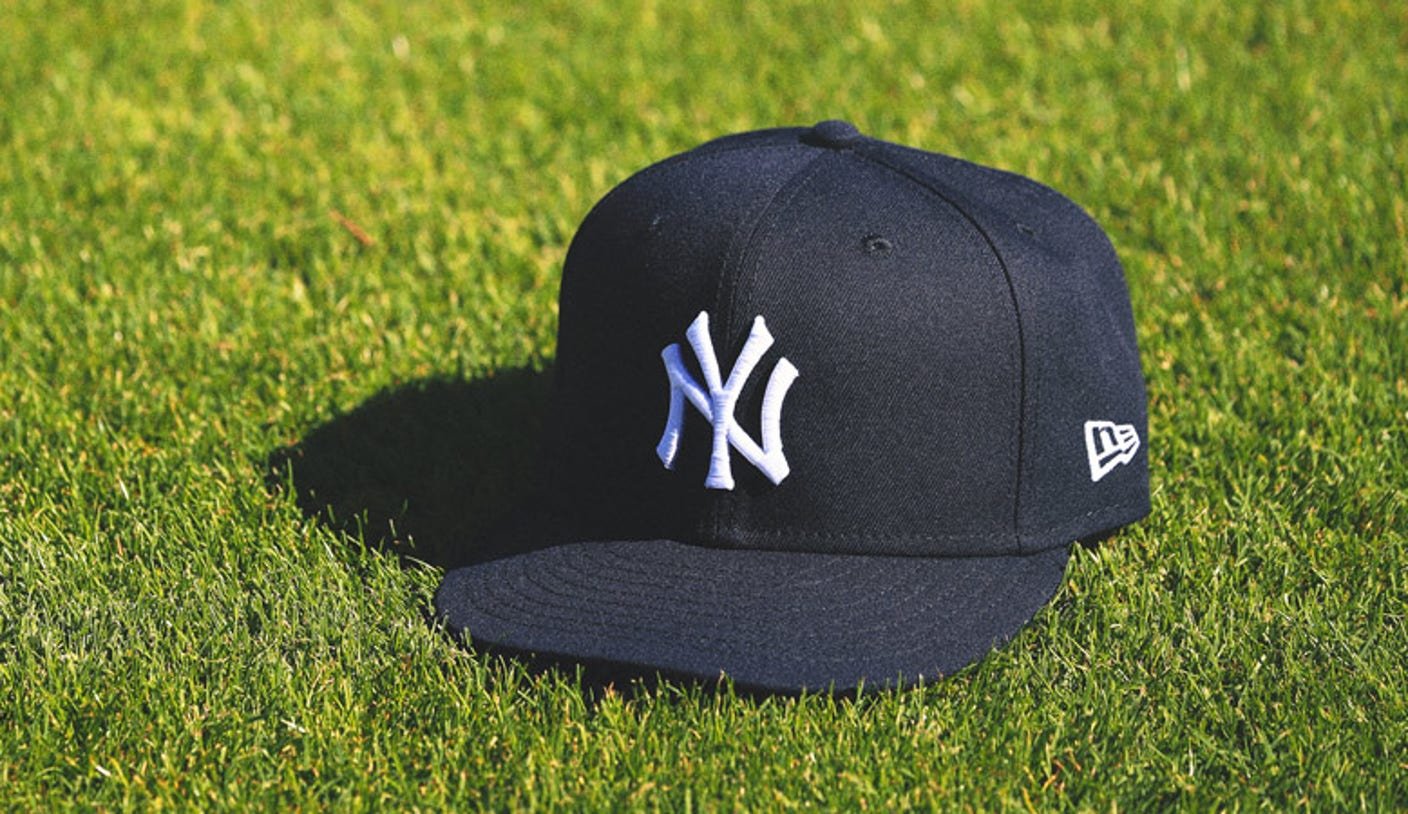Tampa Bay Rays have indicated that their new stadium is unlikely to be completed in time for the 2028 season, if at all, due to significant hurricane damage and financing delays. This announcement was made by the team on Tuesday.
In a letter addressed to the Pinellas County Commission, top executives of the Rays revealed that they have already invested $50 million in preliminary work for the planned $1.3 billion ballpark. However, they are now unable to move forward because of postponed approvals for bonds intended to cover the public share of the project costs.
“The Rays organization is saddened and stunned by this unfortunate turn of events,” stated the letter signed by co-presidents Brian Auld and Matt Silverman. They emphasized that the project had received prior approval from both the County Commission and the City of St. Petersburg.
The letter further explained, “As we have made clear at every step of this process, a 2029 ballpark delivery would result in significantly higher costs that we are not able to absorb alone.”
This crisis unfolded after Hurricane Milton severely damaged the roof of Tropicana Field on October 9, 2023. Consequently, the Rays will be forced to play the 2025 season at Steinbrenner Field, the New York Yankees’ spring training facility, which has a capacity of 11,000 seats. The Pinellas County Commission’s decision to delay a scheduled vote on the bond issue has thrown the timeline for the new 30,000-seat stadium into disarray.

Hurricane Milton damaged the roof at Tropicana Field in October. (Photo by Bryan R. SMITH / AFP) (Photo by BRYAN R. SMITH/AFP via Getty Images)
The commission reconvened on the bond issue Tuesday, but its chair hinted that a vote might be postponed once more.
Auld expressed uncertainty regarding the future, stating, “We know we’re going to be in Steinbrenner in 2025, and we don’t know much beyond that.”
When asked about the long-term viability of Major League Baseball in the Tampa Bay area, Rays Principal Owner Stuart Sternberg remarked that the outlook is “less rosy than it was three weeks ago.” He reiterated the team’s commitment to keeping the Rays in the region for generations.
Originally, the plan involved Pinellas County contributing approximately $312.5 million towards the new ballpark, while the City of St. Petersburg was set to allocate about $417 million, which includes infrastructure improvements. The Rays, along with their partner, Hines development company, would cover any remaining costs and potential overruns.
The implications of this delay extend beyond baseball. The new Rays ballpark is a key component of a broader urban renewal initiative known as the Historic Gas Plant District, which aims to revitalize a predominantly Black neighborhood that was displaced by the construction of Tropicana Field and an adjacent interstate highway.
This ambitious $6.5 billion project is poised to transform an 86-acre tract in downtown St. Petersburg. Plans include a Black history museum, affordable housing, a hotel, green spaces, entertainment venues, and various office and retail spaces, promising thousands of jobs for the local community.









